Neoprene fabric stands as a testament to the innovation and versatility of synthetic rubber. Developed originally by DuPont scientists, neoprene is a family of synthetic rubbers that excel in a wide range of applications due to their remarkable durability, flexibility, and resistance to various environmental factors. Neoprene fabric, in particular, is a sheet or roll form of such synthetic rubber that finds extensive use across industries for its unique combination of properties.
Characteristics of Neoprene fabric
One of the standout features business buyers appreciate in neoprene cloth is its durability. Neoprene stands resilient against exposure to sunlight, ozone, and various weather conditions, making it an ideal choice for outdoor applications. Its robustness ensures that products crafted from neoprene fabric maintain their integrity even in challenging environments, providing longevity and reliability. Besides, Neoprene fabric's flexibility and elasticity are key attributes that attract business buyers across different industries. The ability of neoprene-coated nylon to stretch and recover without losing its original shape makes it a preferred material for products requiring a snug fit, such as wetsuits and orthopedic braces. The elasticity of neoprene fabric contributes to ease of fabrication, allowing for intricate designs and comfortable end products. Last, in applications where thermal insulation is paramount, neoprene fabric excels. The closed-cell structure of certain neoprene types creates a barrier that effectively traps air, providing excellent thermal insulation. Such property makes neoprene fabric an ideal choice for wetsuits, insulating gloves, and various industrial applications where maintaining temperature is crucial.
Use cases of Neoprene fabric
Neoprene material has made a significant impact in the fashion industry, elevating the design and functionality of various apparel items. From sleek wetsuits that marry style with performance to avant-garde accessories and footwear, neoprene's versatility shines. Its stretchability, water-resistant nature, and ability to maintain its form contribute to the creation of garments that seamlessly blend aesthetics with practicality. Moreover, business buyers catering to the sports and recreation market find neoprene fabric to be an invaluable resource. Wetsuits, sports braces, and equipment like gloves and knee pads benefit from neoprene's water-resistant properties, flexibility, and durability. Athletes and outdoor enthusiasts appreciate products crafted from neoprene for their comfort, performance, and ability to withstand the rigors of various activities.
In conclusion, neoprene sheeting emerges as a transformative material that transcends industries, offering a myriad of possibilities for business buyers. Its definition, characteristics, and use cases underscore the versatility that neoprene brings to the table. From fashion runways to industrial applications, neoprene fabric stands as a symbol of innovation, resilience, and adaptability.







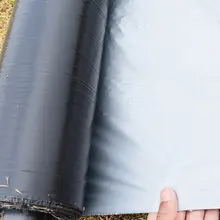








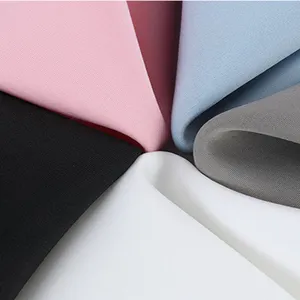

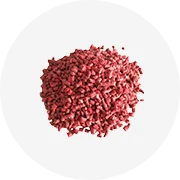
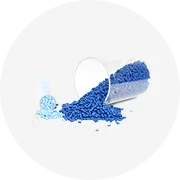
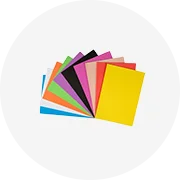
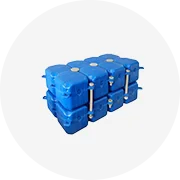
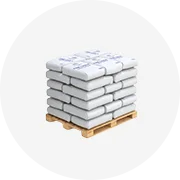
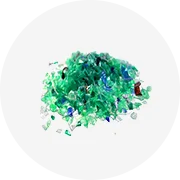
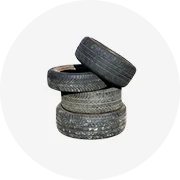
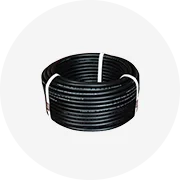

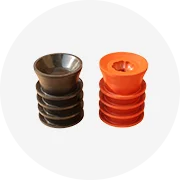








 浙公网安备 33010002000092号
浙公网安备 33010002000092号 浙B2-20120091-4
浙B2-20120091-4